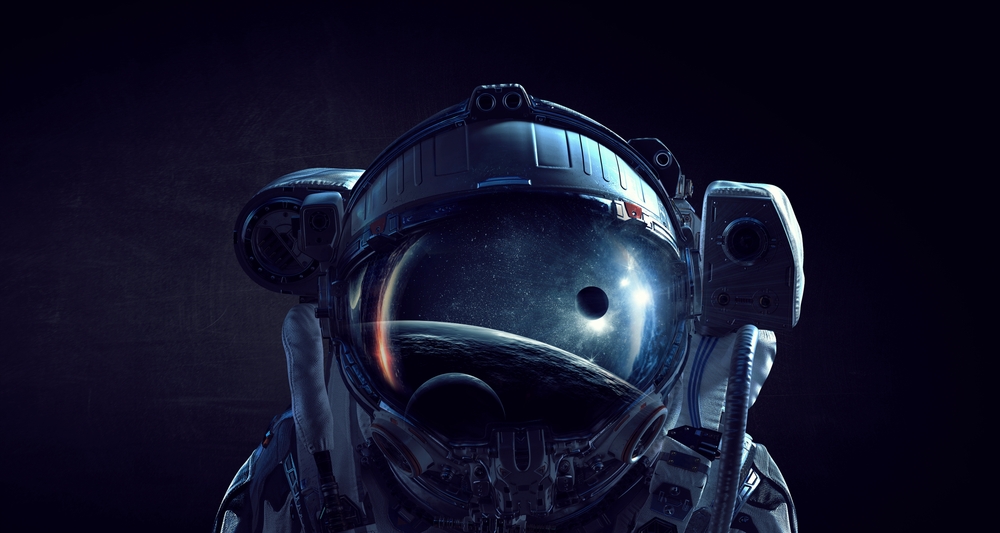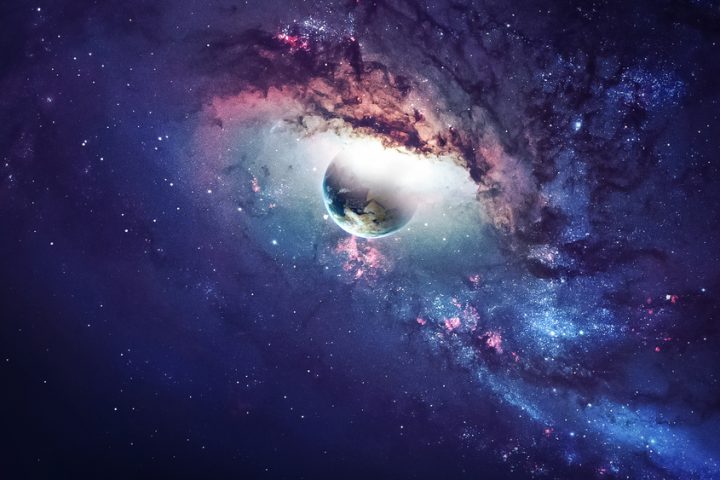The vastness of space has always beckoned humanity, urging us to unlock its mysteries. From our first steps on the Moon to rovers on Mars and probes sent to the farthest reaches of our solar system, the journey of space exploration is filled with awe-inspiring moments. Here are eleven fascinating facts that showcase our relentless pursuit of knowledge beyond our planet:
- Moon Footprints Last Ages: Due to the lack of atmosphere and weather on the Moon, the footprints left by astronauts during the Apollo missions will likely remain there for millions of years.
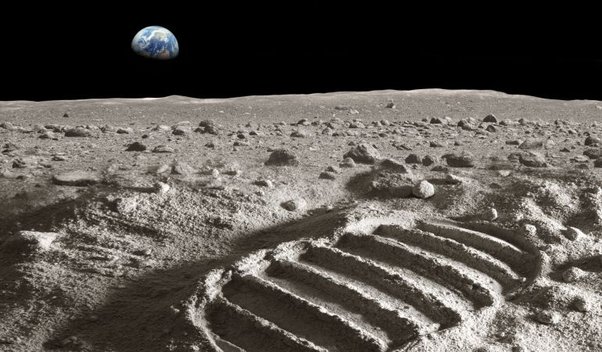
- Voyager Golden Records: Launched in 1977, the Voyager 1 and 2 spacecraft each carry a golden record with sounds, songs, and greetings from Earth, intended for any extraterrestrial beings that might find them.
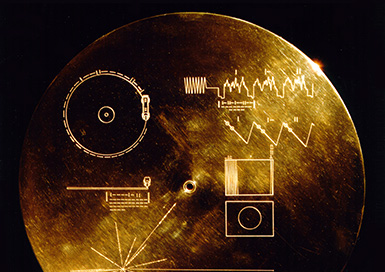
- Mars’ Sunsets are Blue: Unlike the reddish sunset we experience on Earth, sunsets on Mars appear blue to human observers due to the way the thin Martian atmosphere scatters sunlight.
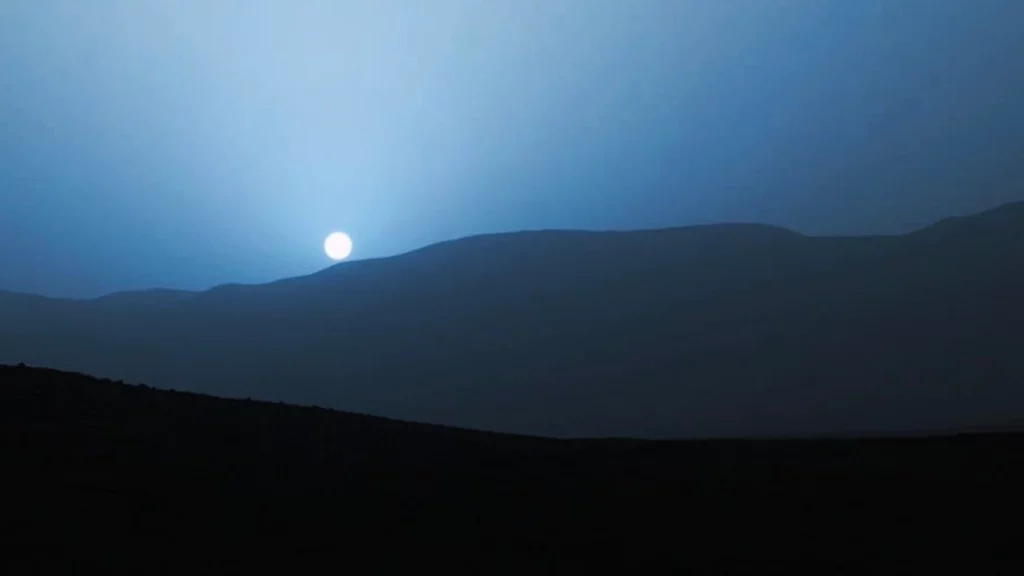
- Floating in Venus: Earth’s atmosphere is less dense than the atmosphere of Venus. An Earth-like spacecraft or habitat could theoretically float in the upper layers of Venus’s atmosphere.
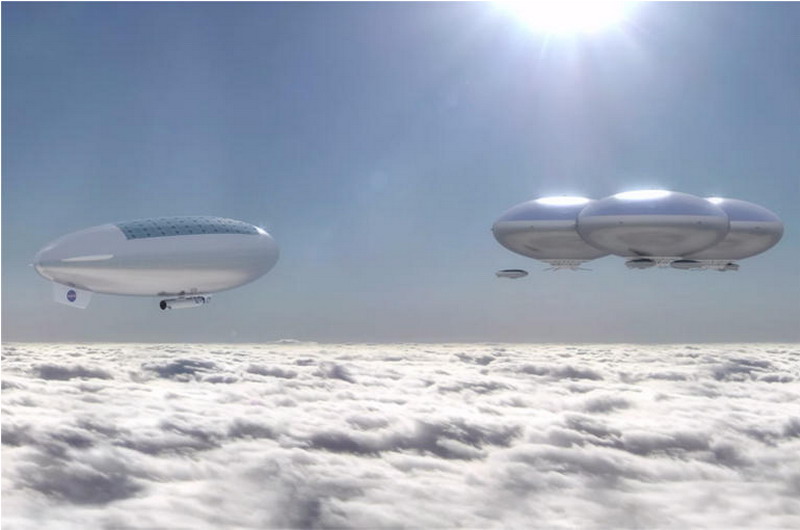
- Traveling Beyond the Solar System: Voyager 1 became the first human-made object to enter interstellar space in 2012, venturing beyond the influence of our Sun’s gravity.
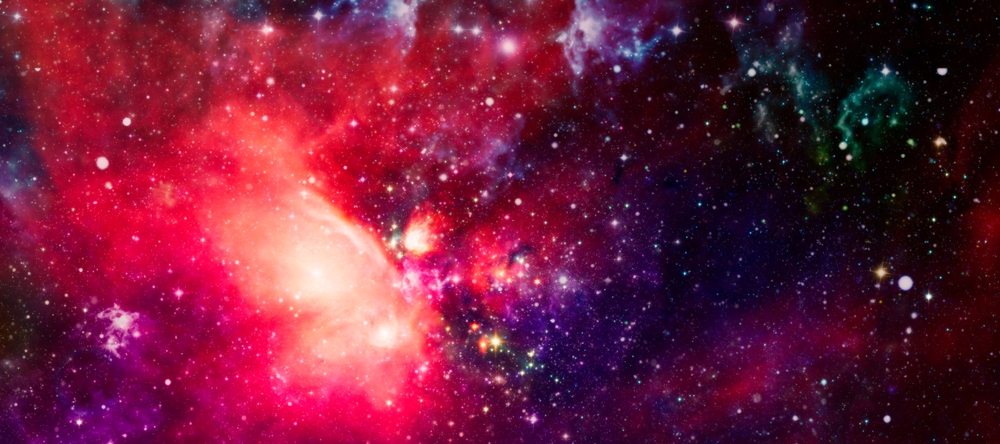
- A Day on Venus: A day on Venus (the time it takes for Venus to complete one rotation on its axis) is longer than a year on Venus (its orbit around the Sun). It rotates very slowly and in the opposite direction of most planets.
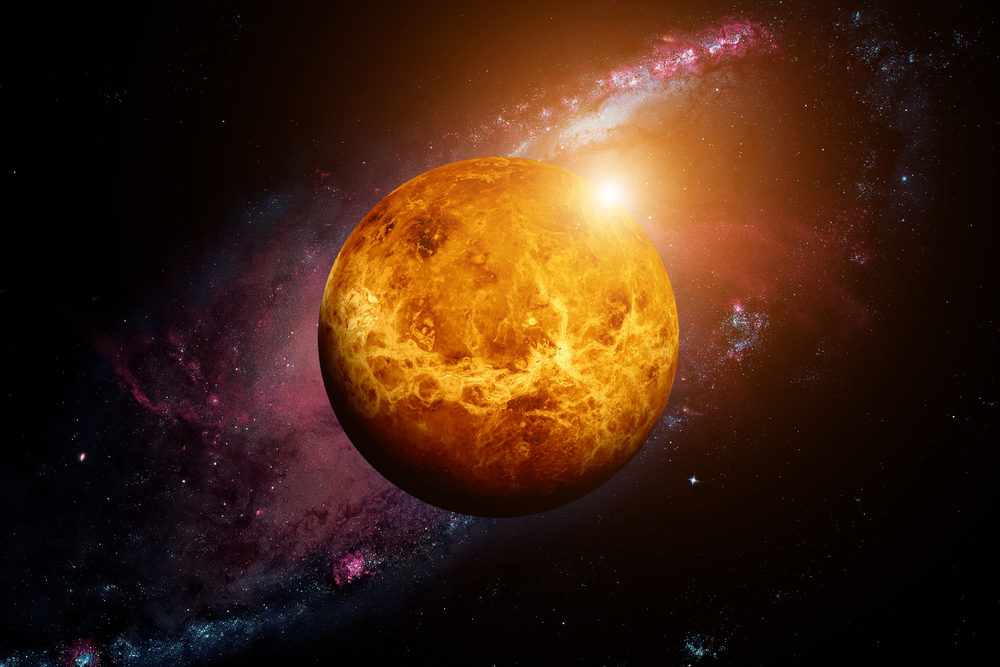
- Black Holes Don’t “Suck”: Contrary to popular belief, black holes don’t actively pull things into them. Objects fall into them in the same way that planets orbit stars due to gravitational forces.
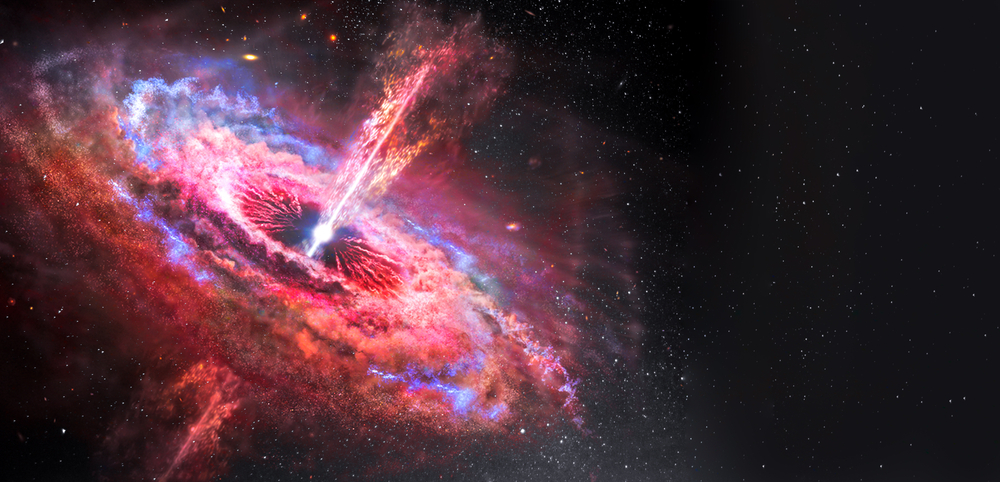
- A Symphony of Cosmic Sounds: Space isn’t completely silent. Using instruments that capture radio waves and other forms of radiation, scientists can “listen” to pulsars, the remnants of supernovae, and the background “hum” left over from the Big Bang.
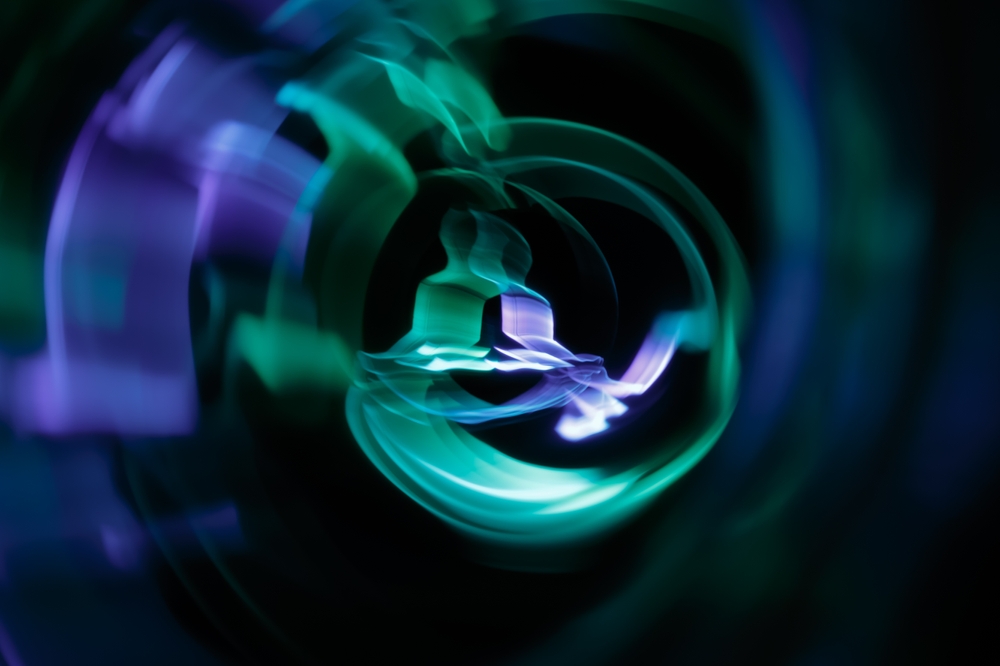
- Water Worlds: Several moons in our solar system, like Europa (a moon of Jupiter) and Enceladus (a moon of Saturn), have vast subsurface oceans, making them prime targets in the search for extraterrestrial life.
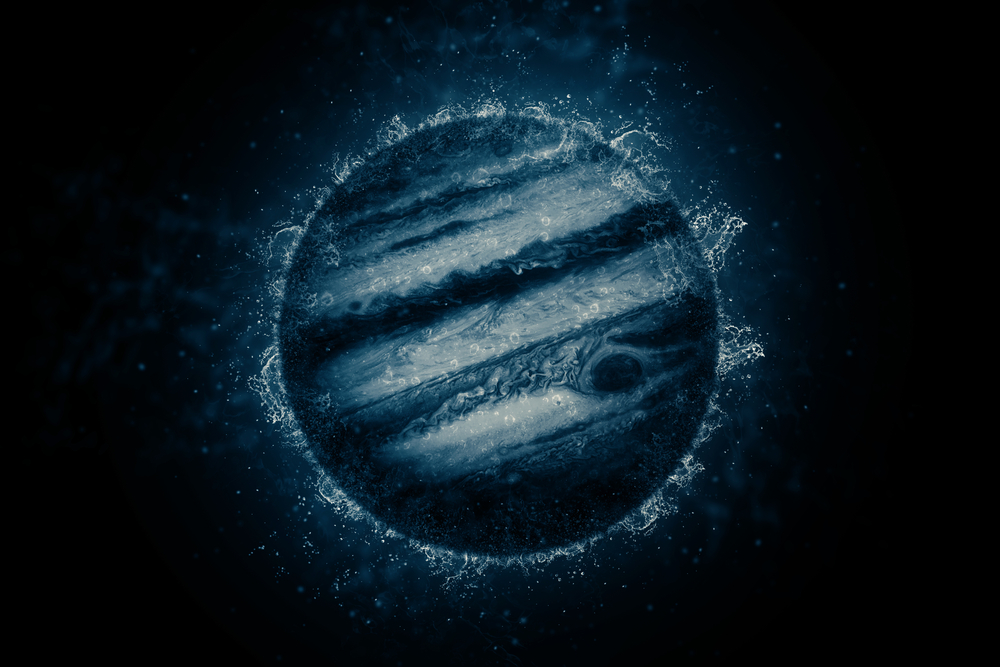
10. Diamond Rain: On planets like Neptune and Uranus, it’s believed that carbon-rich compounds can form diamonds that rain down into the interior of these ice giants.
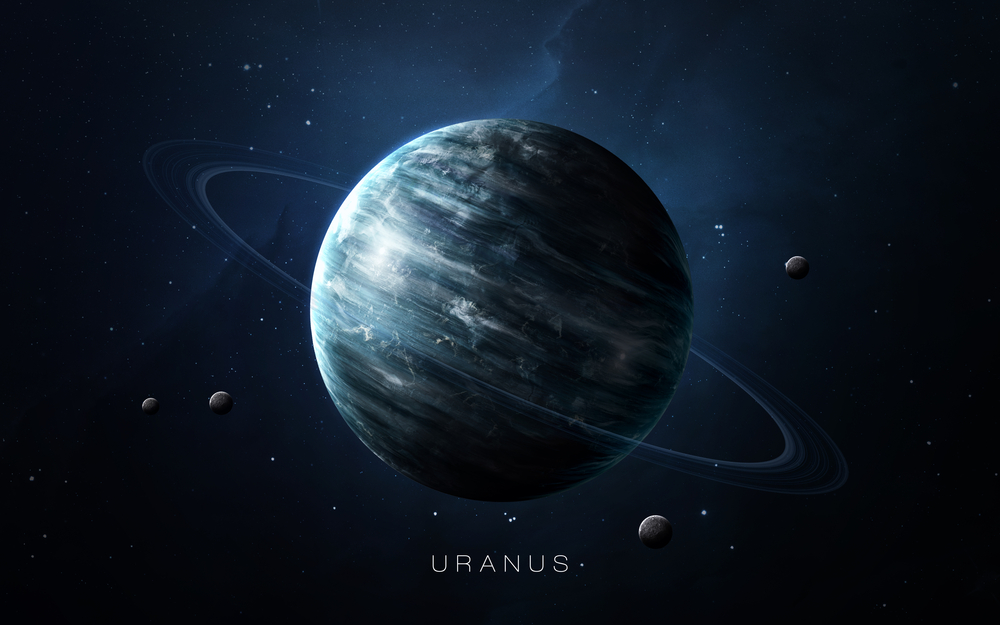
- Cosmic Recycling: The elements that make up our bodies and the Earth were formed in the core of stars. When these stars exploded in supernovae, they scattered these elements across space, which were then incorporated into new stars and planets. In essence, we’re all made of stardust.
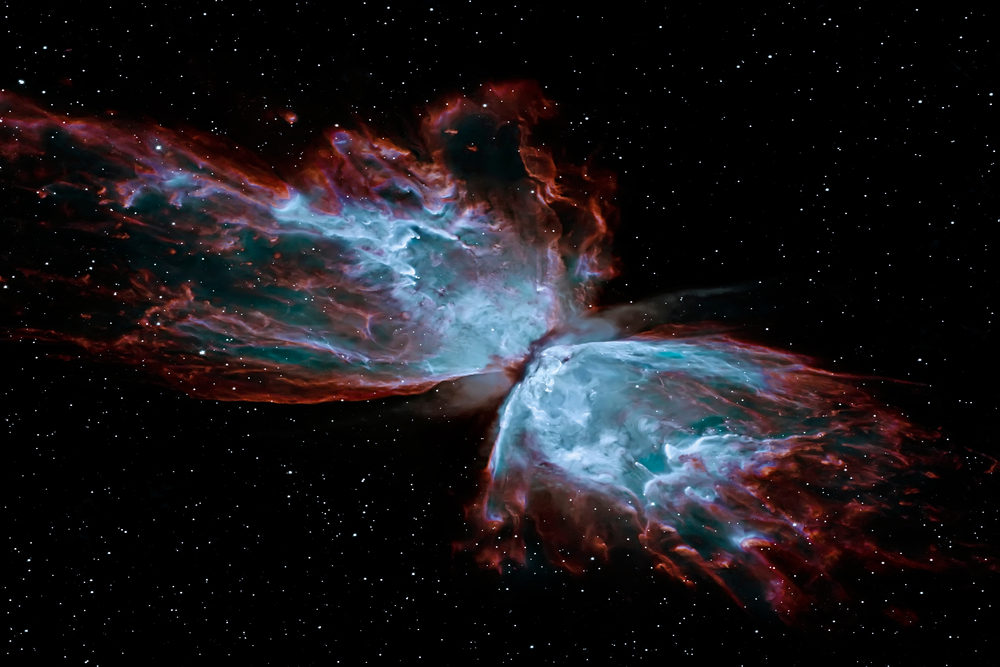
The journey of space exploration is a testament to human curiosity and our unyielding desire to understand our place in the cosmos. Each discovery not only broadens our knowledge of the universe but also deepens our appreciation for the wonder of existence.

